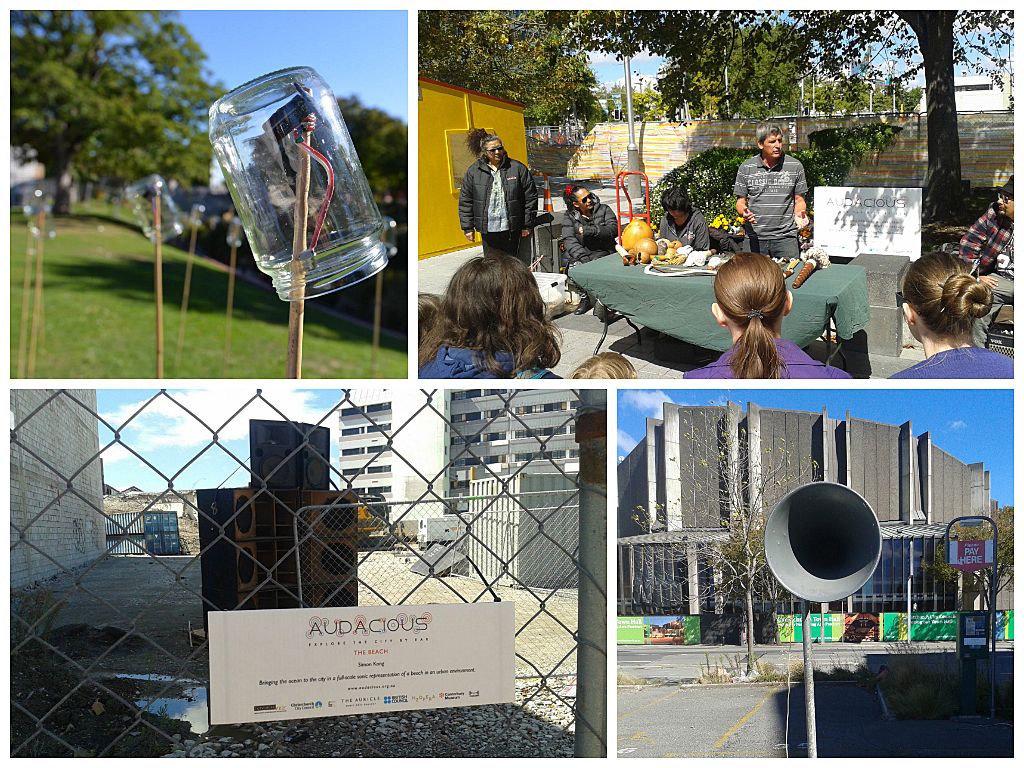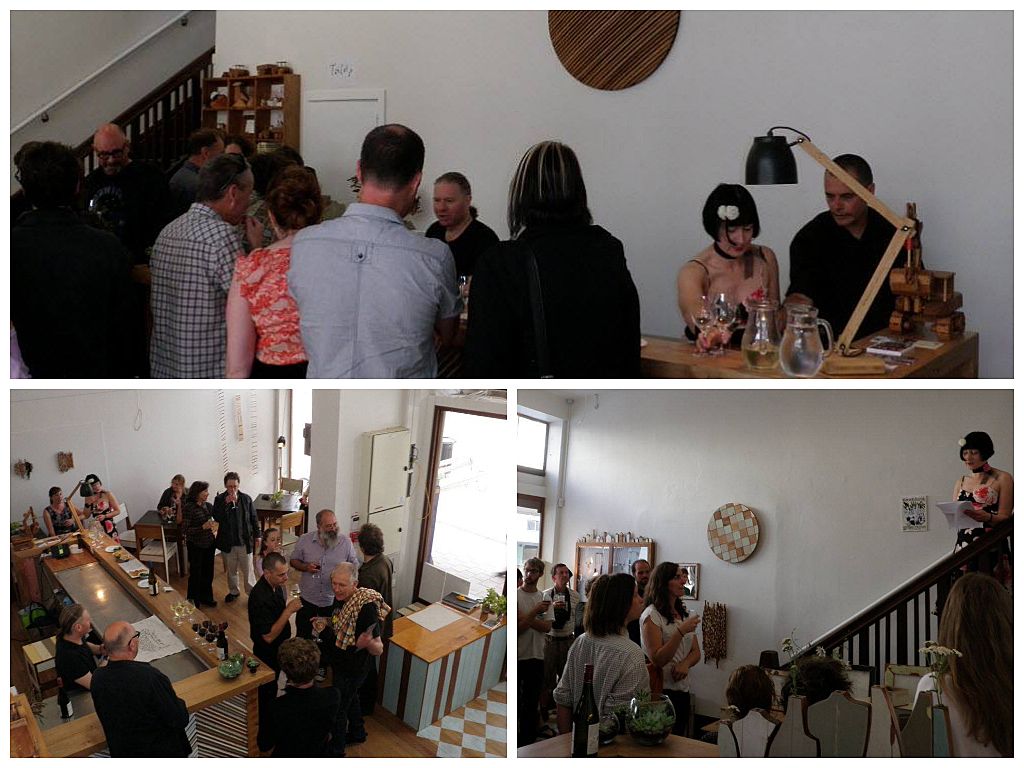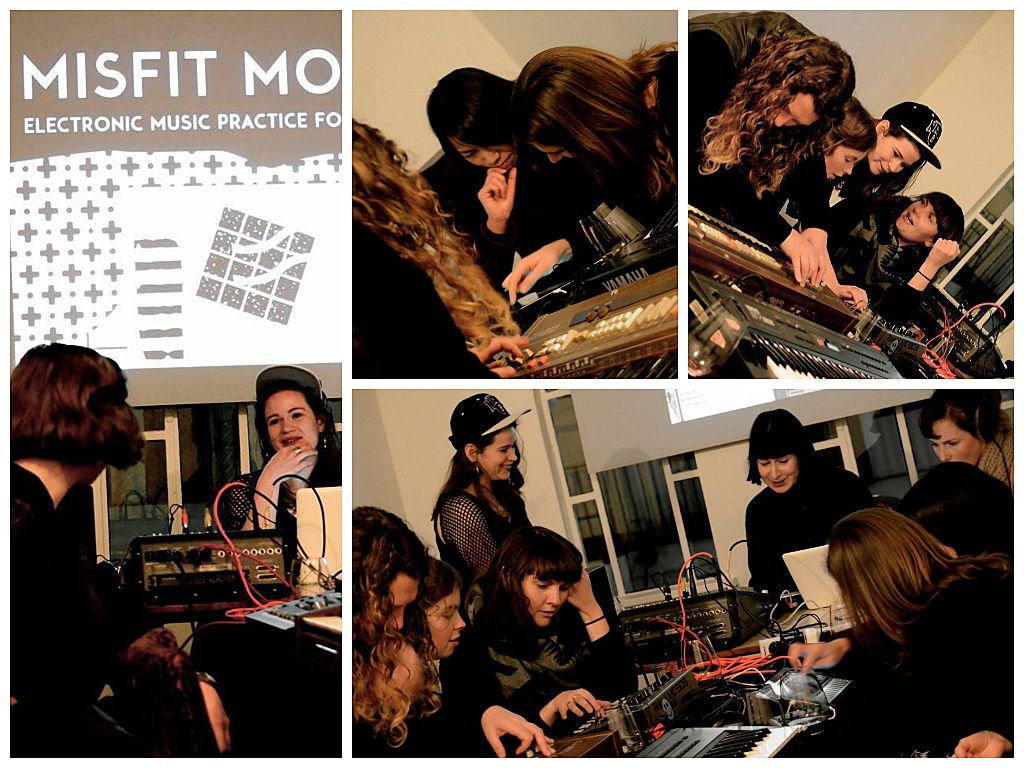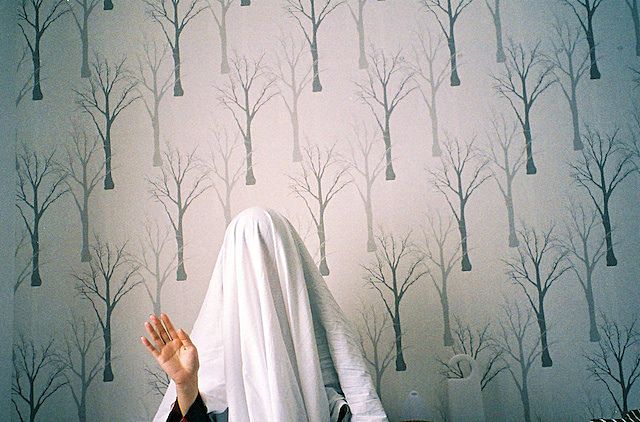Creative Thinkers of Christchurch: Malcolm Riddich
Brie Sherow talks to Malcolm Riddich as part of a series on the creative thinkers of Christchurch.
I’m sitting upstairs in The Auricle Sonic Arts Gallery, waiting for curator Malcolm Riddich. It’s a sparely decorated room, empty except for a speaker in each corner and a couple of rows of small chairs. A recording that’s been made in an African game park is playing – the natural wilderness as well as the constructed environment. It seems especially fitting given the Gallery’s location. Situated at the top end of New Regent Street, it’s part of a series of tiny Spanish Mission replica shops and is one of the last intact blocks of heritage architecture in Christchurch. Already one of the most surreal places in the central city - Malcolm describes it as a “Disneyland facade with gravel pits at the end of it” - it was made even more so by safari sounds.
The Auricle was set up to address a lack of venue space, especially for artists who don’t have a commercial sound. “It’s a space for creative, experimental music which won’t get you a gig in an average bar.” Some of their upcoming performers include artists working with traditional instruments as well as “unstructured extreme noise”. I ask how sonic arts relate to music. It seems there’s no easy definition. “Sonic arts is a term that is up for debate amongst artists. For me, it’s anything to do with the sonic, and with arts, which includes music.” He never studied music formally, “I hated it. My main musical influence as a kid was in the back shed listening to my Dad’s shortwave radio.” His favourite part was the static in between the bands: the satellite sounds. Music in school was tedious, he found, all notation and counting. “How can you read ahead and get a feel for that sort of thing anyway? It’s completely artificial.”
Malcolm says that in music, attitude is more important than structure. “That’s what I think we hear in music. It’s the attitude that drives the art and the aesthetic.” He defines attitude as a response to the conventional way of doing things. Malcolm compares the current creative movement in Christchurch to the anarchist punks of the 80s. There’s the same boredom and yearning for something to happen, the building annoyance and the impetus to do something about it yourself. “I was possibly born bored,” he comments at one point. “That’s what makes me do anything. Because life certainly isn’t long enough, and it’s just mad to be bored.”
It’s this drive that has led to events like the Audacious Festival, a showcase of local and international sound artists in March 2013. Gap Filler’s Sally Airey says that her experiences at the festival ranged from the sublime to works that were quite challenging. She was surprised by the sound of bells ringing on the corner of Colombo and High Streets. Hung and hidden in the trees, all passerbys saw were ropes hanging down. Pulling on them would release a peal through the streats. There was also a recording of the Cathedral Square church bells that played on the hour. It was the first time that they had been heard since the February 2011 quake.
One of the more challenging exhibitions was a performance by an artist dragging a door down the centre of the street. “The bells were sublime, but the pulling of the door was quite shocking and jarring. You were intrigued and drawn to it, but it sounded so hideous you wanted to get away.”
Malcolm believes that in big centres, the arts communities are more diverse, but they’re also more insular. In smaller places, the creative communities are more united and you end up with eclectic collaborations because people have to work together to make things happen. Malcolm grew up in Perth, which he describes as “a pretty shitty city.” Due to Perth’s isolation from the rest of the country, the creative scene there was full of people who did a lot with a little. He tells me about his first band. “Thou Gideon. It was a TG band,” by which he means Throbbing Gristle, the band credited for creating the industrial music genre. Malcolm describes a performance with a pig’s head doused in kerosene. The burning fat dripped down and burnt a hole in the dance floor. “Basically we were banned from every venue we played.” Other cities may have more venues and larger audiences, but that comes with more competition. Christchurch, on the other hand, is “this crazy Wild West. There’s a lot of artistic potential because of the underlying economic difficulty and the depression of coming into a city that’s always dead. It makes people want to do things differently and make something happen.”
The Auricle gallery is the headquarters of the Canterbury Society of Sonic Artists (CSSA), an organisation that grew out of the Borderline Ballroom, an unincorporated collective of artists that had been supporting sonic events in Christchurch since 2007. President of the CSSA is internationally-known noise musician Bruce Russell. Malcolm’s partner Jo Burzynska is the vice president. “She comes from London and was involved in things like the slime-light goth disco night club scene through DJing in the 90s and has a series of recordings as Steiner Black Five.” She’s also a wine writer for the New Zealand Herald and runs tasting events that match wine to sound. The rest of the members are varied. On top of their paid employment they are percussionists, cellists, indie punk guitarists, and electronic artists.
I ask him if the scene has changed post quake. “What scene?” Malcolm laughs and remarks on the lack of connectivity in Canterbury. There’s not really a local scene, more a loosely connected group of sound artists from Dunedin to Auckland. The Auricle hosts workshops to foster new talent locally, and recently they started Misfit Mod’s electronic music workshop, hoping to encourage more women to learn recording and mixing techniques. “So there’s no scene, or there is a scene. Or we’re a scene? Or there’s something, there’s the potential for it, and that’s really what any scene is - it’s potential.”
Christchurch’s scene as a whole is driven by potential. The creative scene and the recovery itself are both about the potential of the future and what people are doing with it now. That potential is why people come to Christchurch, and why they stay. In life as well as in music, Malcolm is focused on the moment. “My PhD is on the fundamental ontology of Edmund Husserl and Martin Heidegger’s phenomenology. That defines my basic attitude.” I ask him to translate this and he explains that it’s about having an appreciation for the here and now. You can think about the future or the past, or be affected by the past or the potential of the future, but you can only do that from the present. “It’s a sort of constant refocusing because the world drives us out of the moment to think about other things, which paradoxically you can only do from the moment.”
He describes Christchurch as a “funny little regional city with an uptight churchy conservative veneer, a seedy under-belly, and all the conservative hypocrisy that goes with that.” He doesn’t see it changing quickly, but believes that businesses are slowly coming back. Small business will encourage people to return to the city, but for the moment foot traffic is still low. “We get bemused international tourists wandering down the street wondering where the fuck they are. Then you get the other tourists, who are of course the people of Christchurch.” He’s referring to the majority of Cantabrians, who rarely come into the central city and visit as if it were solely a tourist attraction. “It’s insane trying to run a small business here, which is kind of cool ‘cause you get the insane people trying to run their small businesses.” He describes his neighbours on New Regent Street as frontier entrepreneurs, an eclectic mixture of boutique retail and hospitality.
He notes that the corporate and big government projects are stalling, and believes that the central city will be more open to small business and community groups in the coming years. The alternative is to move to the outskirts, as arts organisations tend to do when neighbourhoods become more desirable and rents are raised. “But maybe this is still the outskirts in five years’ time. It’s possible. Which is good for the arts, inhabiting a ghost city.” In other cities, the infrastructure is already there, but in Christchurch there’s a cycle of exhaustion and regeneration in the creative scene. It will be a struggle in Christchurch for years to come, but Malcolm says that struggle is good for the arts. It keeps people motivated and edgy. It inspires the drive to create.
Also in this series:
Reconstruction and Renaissance
Bridget McKendry of Makercrate
Audrey Baldwin
Amiria Kiddle
Bailey Peryman of Garden City 2.0
Alex Davies
Gaby Montejo





